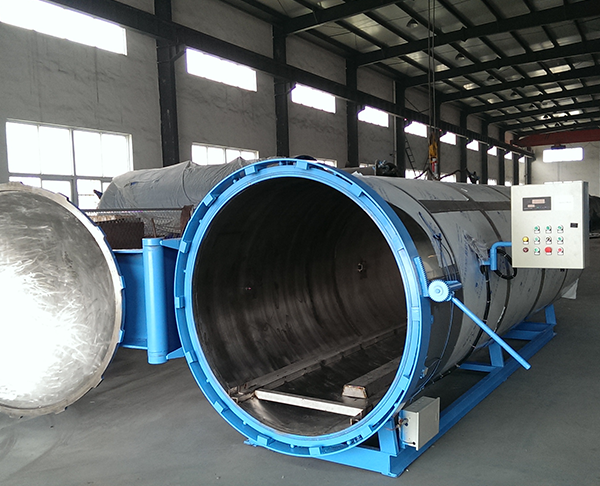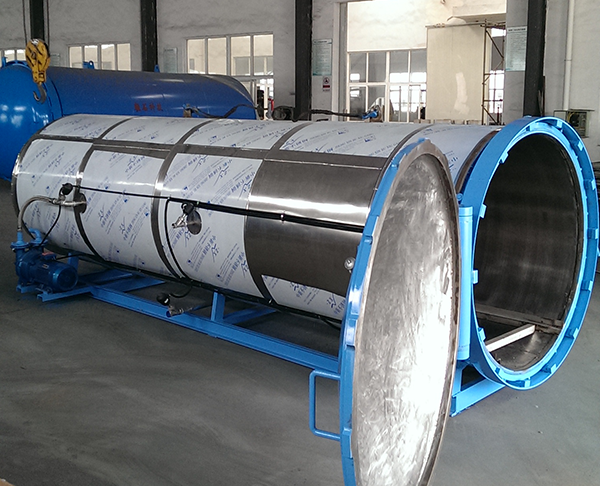Vacuum packaging sterilization kettle In the process of sterilization, attention should be paid to the initial exhaust, and then deflate, so that the steam can flow. It can also deflate every 10 minutes to promote heat exchange. In a word, it must meet the requirements of sterilization conditions and be carried out according to certain procedures. The sterilization temperature, sterilization pressure, sterilization time and operation method are all specified by the sterilization process of different products.

1. This equipment has the characteristics of double-layer water bath sterilizing pot, and its output is twice that of double-layer sterilizing pot, saving energy and time, saving equipment investment and reducing production cost for users.
2. Automatically switch the water flow direction in the boiler, with uniform temperature and no dead corner.
3. High temperature and short time double pot cross sterilization can save time, energy and labor.
4. The whole process is automatically controlled by computer without manual operation.
5. The temperature in the pot is automatically adjusted by the temperature film regulating valve, which has high sterilization accuracy.
6. Function of measuring F value.
7. Set multiple full-time sterilization formulas according to different products.

There are four types:
1. Hot water circulating sterilization: during sterilization, all food in the pot is soaked in hot water, and the heat distribution is relatively uniform.
2. Steam sterilization: instead of adding water after food is loaded into the pot, it directly enters the steam for temperature rise. As there is air in the pot during sterilization, cold spots will occur, so the heat distribution in this way is not uniform.
Scope of application:
It is mainly used for canned foods (such as meat, poultry, fish, eggs, vegetables, etc.) and protein drinks that need high temperature sterilization (milk, soymilk, almonds, coconut milk, peanut milk, walnut milk, etc.). The packaging can be applied to hard cans (such as tinplate cans, glass bottles, cans, etc.). It is especially suitable for soft cans (such as ham sausage, steamed and boiled bagged chicken, braised chicken, pure milk).








